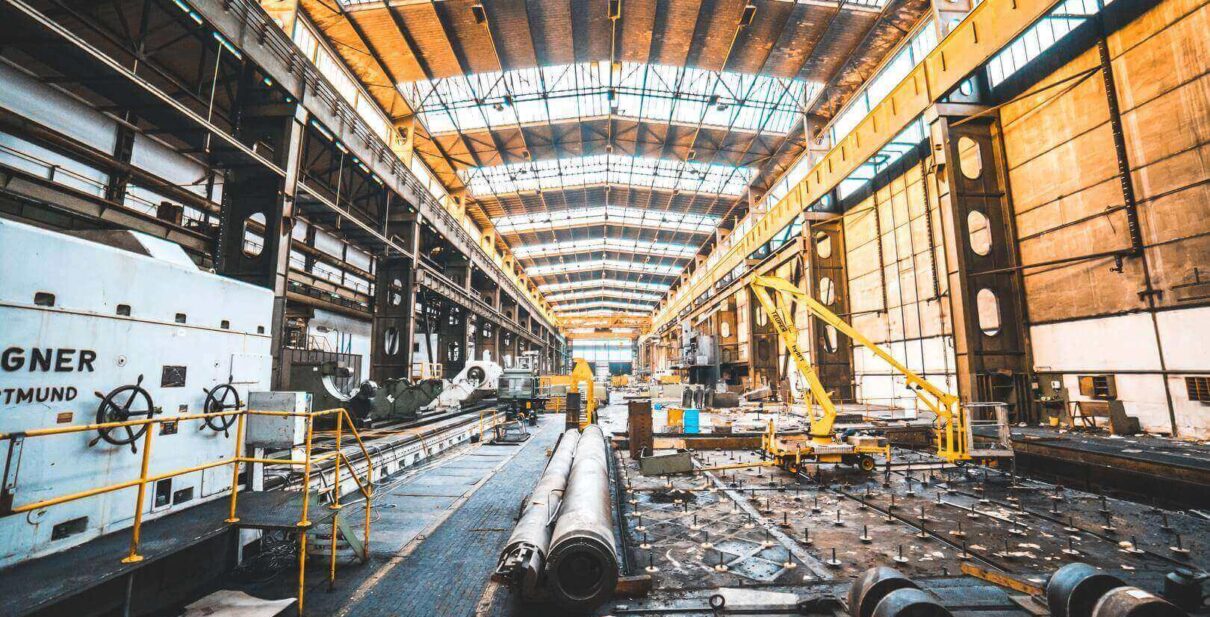
Commercial infrastructure resources are used to produce private goods. Basic manufacturing processes, such as die casting, milling, and the assembly line process, are nonrival inputs into the production of a wide variety of private manufactured goods. Basic agricultural processes and food processing techniques similarly are nonrival inputs into the production of a wide variety of private agricultural goods and foodstuffs. Many commercial infrastructure resources are used productively by suppliers purely as a delivery mechanism for manufactured goods, agricultural goods, foodstuffs, and many other commercial products. A cable television system, for example, acts as an input into the delivery of content purely for consumption by an end–user. Content providers use the infrastructure to provide a private service to the consumer (delivery of content for consumption) under conditions that render the output rivalrous and excludable. At least in theory, a wide variety of content suppliers can deliver a wide variety of content under such conditions. The Internet and road systems similarly are used by a wide range of suppliers to delivery private goods and services.
For pure commercial infrastructure, basic economic theory predicts that ( competitive output markets should work well and effectively create demand information for the input; market actors (input suppliers) will process this information; and, satisfy the demand efficiently. Simply put, for commercial infrastructure, output producers should fully appropriate the benefits of the outputs (via sales to consumers) and thus should accurately manifest demand for the required inputs in upstream markets. Therefore, with respect to demand for commercial infrastructure, the key is maintaining competition in the output markets, where producers are competing to produce and supply private goods to consumers. Competition is the linchpin in this context because the consumptive demands of the public can best be assessed and satisfied by competitive markets.
Public and social infrastructure resources are used to produce public goods and non-market goods, respectively. For both public and social infrastructure, the ability of competitive output markets to effectively generate and process information regarding demand for the required input is less clear than in the case of commercial infrastructure.
Infrastructure users that produce public goods and non–market goods suffer valuation problems because they generally do not fully measure or appropriate the (potential) benefits of the outputs they produce and consequently do not accurately represent actual social demand for the infrastructure resource. Instead, for public and social infrastructure, demand generated by competitive output markets will tend to reflect the individual benefits realized by a particular user and not take into account positive externalities. To the extent that individuals’ willingness to pay for access to infrastructure reflects only the value that they will realize from an output, the market mechanism will not fully take into account (or provide the services for) the broader set of social benefits attributable to the public goods or non–market goods. Infrastructure consumers will pay for access to infrastructure only to the extent that they benefit (rather than to the extent that society benefits) from the outputs produced. Difficulties in measuring and appropriating value generated in output markets translate into a valuation/measurement problem for infrastructure suppliers. Competitive output markets may fail to accurately manifest demand for public and social infrastructure because of the presence of demand–side externalities.







